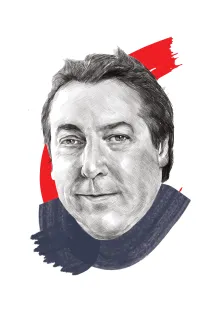With the Ukraine conflict about to mark its second anniversary, the prospect of Ukraine achieving victory against its far larger and better-equipped Russian adversary grows more unlikely by the day.
For most of the past year, expectations have been running high that Ukraine, thanks to the massive military and financial support it has received from the West, could overcome the odds and liberate the territory occupied by Russian forces in eastern Ukraine and Crimea.
Indeed, at one point last summer, several prominent Western military experts predicted that Ukraine would be able to inflict a significant defeat against Moscow due to the upgrade in military equipment it had received from the West, including tanks and long-range missiles.
Unfortunately for the Ukrainians, the much-anticipated breakthrough failed to materialise, and the conflict has instead descended into a stalemate, with both sides reduced to fighting a bloody war of attrition, with neither seemingly able to achieve a decisive breakthrough.
Moreover, Ukraine’s failure to seize the advantage has been attributed to the massive defensive structures Russia put in place following the significant setbacks it suffered towards the end of 2022.
The so-called Surovikin line of defences — named after the now disgraced Russian general Sergey Surovikin, who put them in place — proved highly effective in thwarting Ukraine’s attempts to achieve a major breakthrough of Russian lines and reclaim vital territory.
The three-layered system of Russian defences consists of trenches, tank traps and strong points that Russian forces have successfully exploited to reduce the effectiveness of the Ukrainian counter-offensive.
'Active defence'
Consequently, the Ukrainians now find themselves on the defensive, with the Russians said to be planning their own spring offensive.
In recent months, the 600-mile-long front line in the conflict has seen the introduction of rows of freshly dug Ukrainian trenches, complete with concrete dragon’s teeth anti-tank structures and underground command centres.




